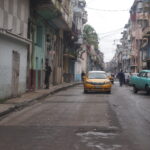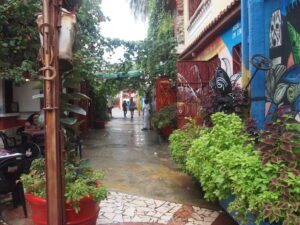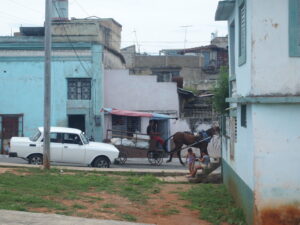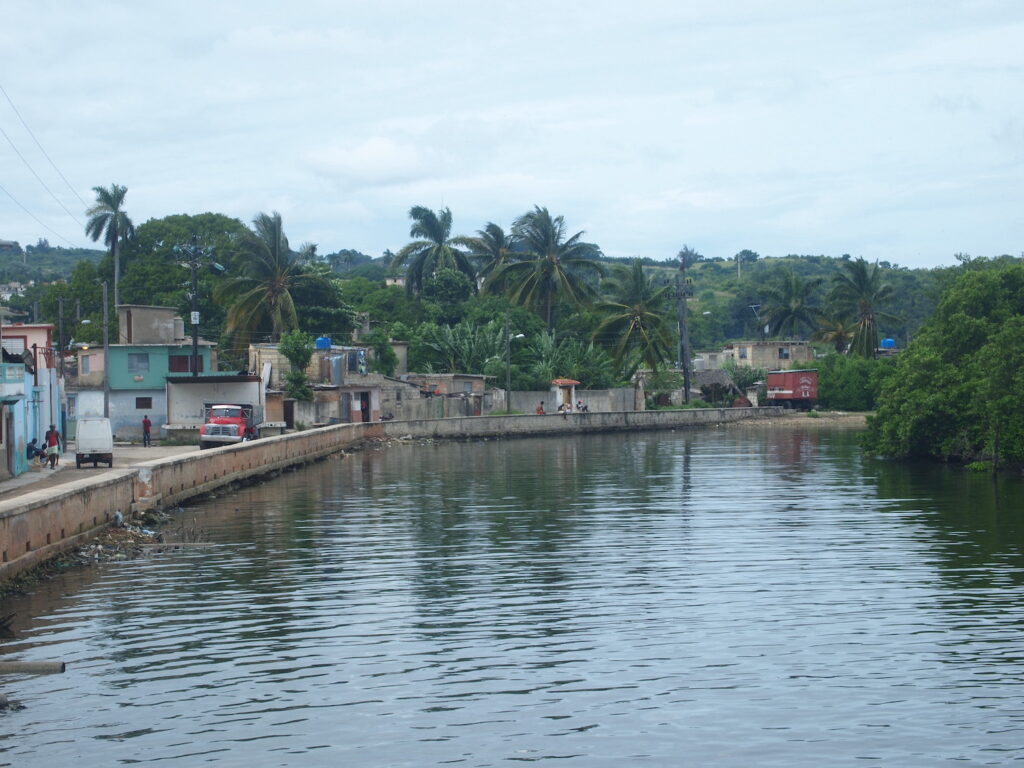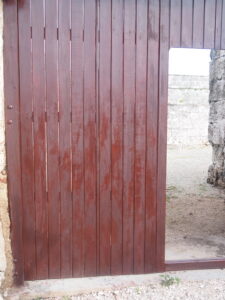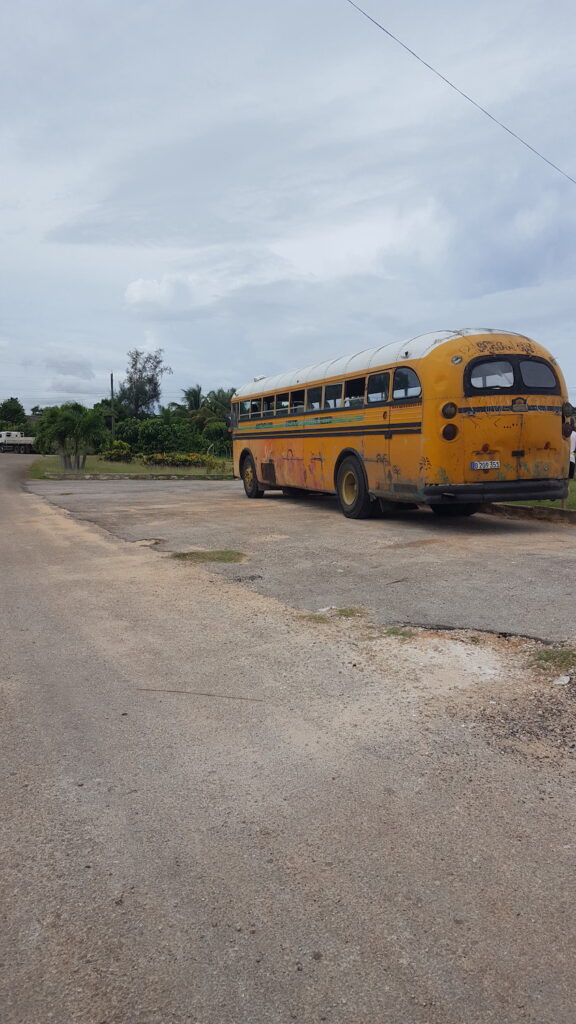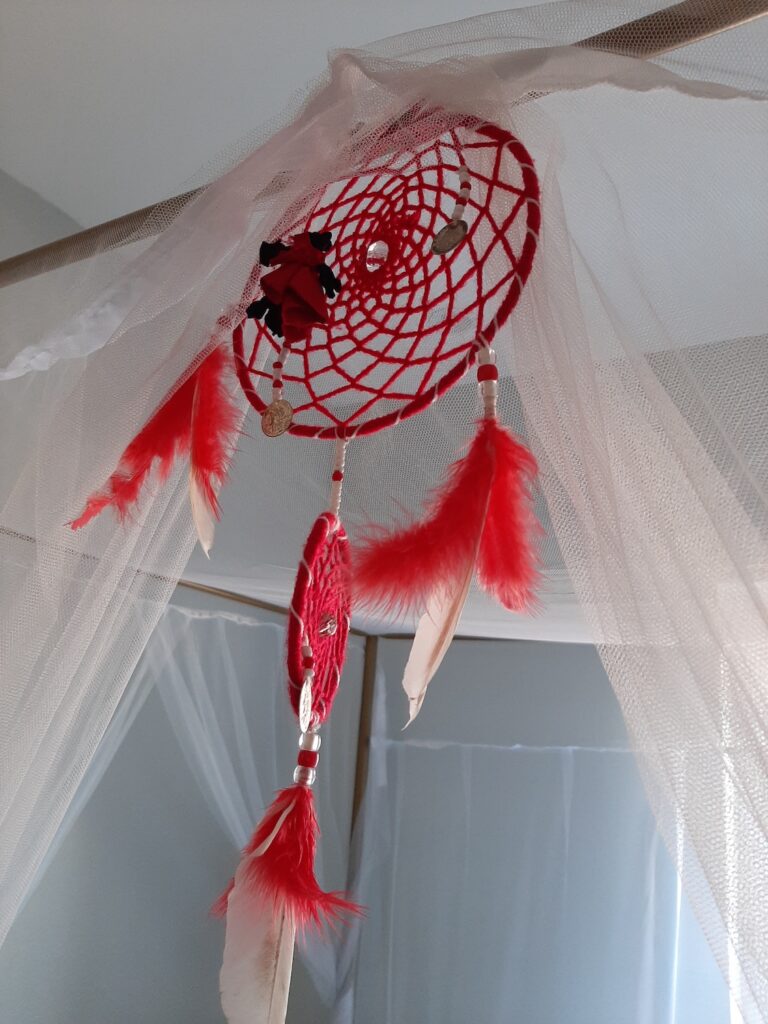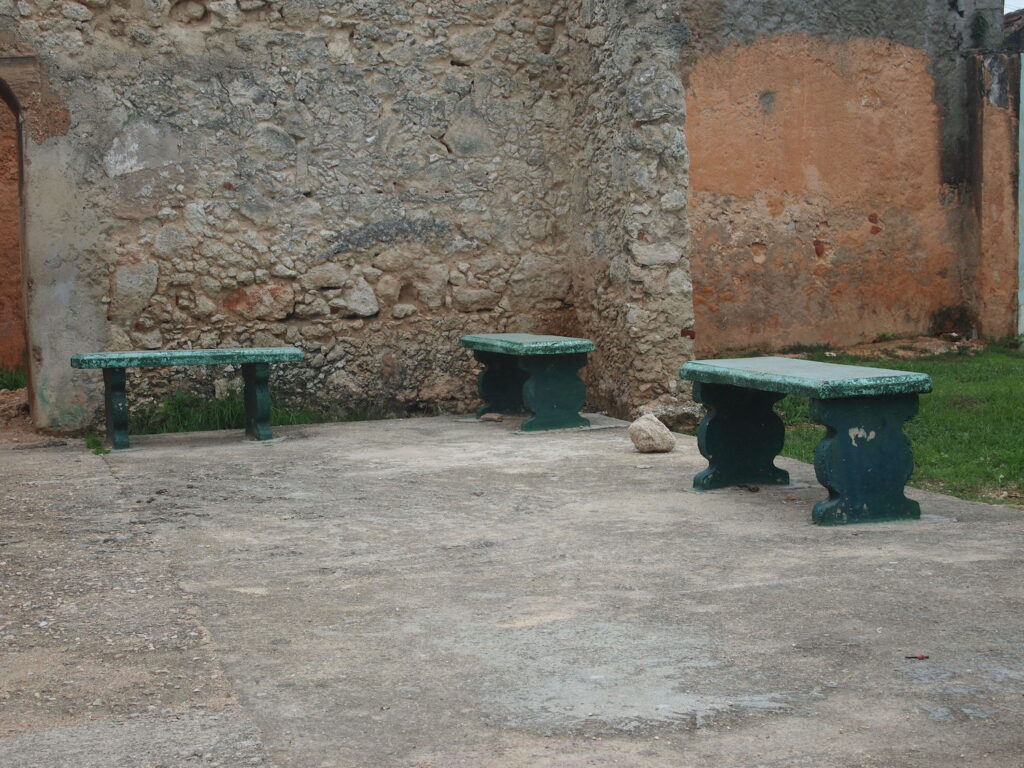Meditative Movements
Photos and text by Maxine Nwigwe
In 2018, during my first trip to Cuba, I, along with a group of US-based scholars, had the honor of speaking at the inaugural Theoretical and Methodological Workshop on Afro-diasporic Studies. This international symposium, hosted by the prestigious institute, Casa de las Americas, brought together scholars, activists and other peoples immersed in afrodescendant contexts. Although I was invited to speak on black visibility, my true desire was to learn.
I was excited to meet La Red Barrial Afrodescendiente (RBA). I was told that this grassroots organization, founded and led by black women, had been engaged in some incredible racial justice work. I had never been to Cuba, nor had I any familiarity with the everyday experiences of Cubans who identify as “afrodescendiente.” I was however, a Nigerian American woman socialized in some of the most progressive spaces in the United States. I am not untouched by what Cuba symbolizes in the black revolutionary imaginary. It’s akin to what Haiti represents, what those first post-colonial African nations represent. Black liberation.
My time in Cuba was short, wondrous, eye-opening and surreal. Underneath those emotions and despite not having any actual experience with Cubans who identified as black, I couldn’t help notice how familiar everything seemed to me, a black African woman living “in diaspora.”
A pronounced (skin) color gradient marked places of “luxury” and “poverty.” In certain spaces, everything -houses, people, objects- seemed collapsed together. In others, an emptiness, pleasantly interrupted by children playing along dusty paths.
There seemed to be a heaviness, sometimes palpable, sometimes subtle, which hung in the air and on the chest. I felt it most in the everyday interactions. People would discuss their health issues, financial strife, relational politics, workplace woes -all with an awareness that somehow these everyday interactions were mediated through a systematic oppression of black bodies, minds, hearts and spaces.
I would be lying if I said I didn’t experience a wave of disappointment. When your imaginary encounters “the reality,” and you’re confronted yet again with the same despondent landscapes and scenes, it’s hard not to feel disappointment. It’s hard not to wonder about the state and destiny of black liberation. Prior to my trip, I knew that the oppression of black people was a global phenomenon. It’s a reality that coexists with that of my own traveling body. What I failed to recognize and understand, until my time in Cuba, is that this oppression is an aesthetic1
The oppression of black peoples is an aesthetic of white supremacy and its current globalization project. It flows globally as (slightly) different versions of the same kind of thing -across Carribean and Latin American countries, the United States and certain locales on the African continent2. Even though the languages are different, the similarities in the landscapes, scenes and interactions are uncanny.
I came to this realization the second full day of the trip. It hit me hard, and it cut deep. (I still feel its impacts.) I had to remind myself that I came to Cuba to learn. So even if it killed me, I had to remain open. I’m so grateful that I did.
Perhaps the seed was planted that day in Matanzas during the impromptu party in the rainstorm. I can still smell that memory. Some members of the RBA, my fellow travel companions and I were in a bus, on our way to explore. It began to storm, and we had to pull into a little station by the roadside to wait it out.
When we arrived, there were other people there, perhaps also waiting out the downpour. Someone had a set of speakers and began to play music, and from a group of people with various levels of acquaintanceship waiting out the rain, emerged this beautiful spectrum, a rainbow of blackness. I remember one of my travel companions remarked on the scene; he described it as a dream. I remember dancing and exclaiming, “Yes! What if THIS is the dream?” Everyone engaged in the space differently. Some danced. Some made music. Some worked. Some drank. Some talked. Some debated. Some glided effortlessly between all activities. We were all there together, sharing in each other’s company and passing time. We each had roles and authentically took part in rhythmic interactions, together. Once the rain let up, we moved on. In that space and place of transformation, it dawned on me that similar to black oppression, black visibility perhaps is also an aesthetic. It’s the aesthetic of black liberation. If this full spectrum of black visibility is the aesthetic (or at the very least an aesthetic) of black liberation how do we protect, nourish and grow it?
I found my thoughts expanding from the practices which foster black visibility (the subject of my Casa de las Americas talk) 3 to 1) the conditions from which this type of visibility can emerge and 2) the aesthetic(s) by which we will come to recognize it. We are all so intimately (if not completely consciously) aware of systems which oppress/annihilate full spectrums of blackness. (How) can we conceive of, recognize and replicate systems which support the full spectrum of black visibility? (How) can we begin to recognize its aesthetic(s)?
When I reflect on the work of the RBA, I imagine they are also engaging, grappling and struggling with these types of questions. In our current spatio-temporal contexts, black visibility is almost mythological; positioning it as a “reality” can feel like anathema. It begs the question, how can the aesthetic of black visibility exist in a world where systems of black oppression are so prevalent? How do you convince yourself (and others) of the reality of something that almost no one else recognizes as real? It’s a harrowing thought, but Margarita, Maritza and their La Muneca Negra project provide a stunning example -the celebration of the beauty of black womanhood -to engage these questions. Their project assures us that true value exists as a constant and is also beautiful. Our recognition, appreciation and celebration of this value, including the entities who embody and/or represent it, bring a solidarity to our communities, a solidity to our realities and a richness to our existence.
“La Marina, Matanzas y las "Festividades del muñeco de San Juan," offers a different treatment of this notion. Kimbo and Yudania, the coordinators of the La Marina branch of the RBA network, discuss the history, brief loss and splendid re-emergence of a celebratory cultural event which grounds their community, La Marina. What’s crucial to point out, both in relation to this festival and also AfroCuban religions, is that they represent iterations on, or to state it more boldly, reincarnations of (West) African-based (more specifically Yoruba) belief systems. This ability to reincarnate and become grounded in the current everyday experiences of people living in community, is a hallmark of African-based traditions and practices as well as the afrodescendant peoples who live them. For those of us who wonder: In an aesthetic of black visibility, how do we iterate on our most sustainable and generative belief systems so that they continue to serve their purpose as sources of individual and communal nourishment? We see a living solution in the La Marina neighborhood project.
We also see a living, thriving one at La Casa Tomada MirArte. In their piece, “La Casa Tomada MirArte y La Fiesta de Doble Negras,” Mirna and Siria discuss their experiences of abjection as lesbians and in particular black lesbians in Cuba. For them, a system of black visibility cannot thrive on the subjugation of other marginalized identities and communities. Their #DobleNegra festival evokes a liminal space (for now) to respond to the question: In an aesthetic of black visibility, how do we embody, empower and amplify the identities and communities which have been marginalized via our own internalized oppression?
In each of these projects, and the project which is the RBA as a whole, I see experiments, simulations, prototypes and models of this black visibility aesthetic. They offer a living repository, an ecosystem of potential, possible and plausible answers to questions of black liberation, (re)generativity and longevity. Most importantly, they exist and thrive as a parallel present in defiance of colonialism, patriarchy and white supremacy.
Notes:
1 In the process of writing this work, I came across Sylvia Wynter’s text Rethinking “Aesthetics”: Notes Towards A Deciphering Practice. Wynter reframed the construct of aesthetics and offered two operational definitions of the term: Aesthetic 1, which she said resembles mainstream definitions, denotes the role that aesthetics have in human meaning-making systems. Aesthetic 2, which is her contribution to understandings of aesthetics, denotes the role aesthetics play in marking (human-created) “paradigm[s] of value and authority” p.245. My use of the term aesthetic aligns with Aesthetic 2.
2 These Atlantic contexts are the ones which are in my immediate experience and awareness. More information about the Pacific contexts are emerging, which no doubt mirror the Atlantic contexts, but have their own nuances.
3 My talk, inspired by adrienne maree brown’s seminal text Emergent Strategy, paid homage to the esteemed late Nigerian author, Chinua Achebe, and launched my nascent framework for articulating a learning (and teaching) practice for black visibility:
Leaping into the Black (w)Hole:
Pedagogies of (im)possibility
Pedagogies of (dis)connection
Pedagogies of authenticity
The framework integrates critical psychoanalytic praxis, systems theory constructs and my studies/experiences with Afrofuturist and Africanfuturist (coined by Naijamerican science fiction author Nnedi Okorafor) aesthetics. Using the discovery of black holes as metaphor, it offers a bidirectional pathway from experiences of fracturedness -a feature so prevalent in many dimensions of Afrodiasporic existence (due to the violence of white supremacy as manifested in slavery and colonialism) -to ones of cohesion. The framework offers both a method to bridge the present and a future (full of what we hope will include black (re)generativity and thriving), as well as a potential foundation to a (moral) reckoning with a temporal (and hopefully temporary) rupture with the past. I started developing this practice in 2010 right after graduate school.




